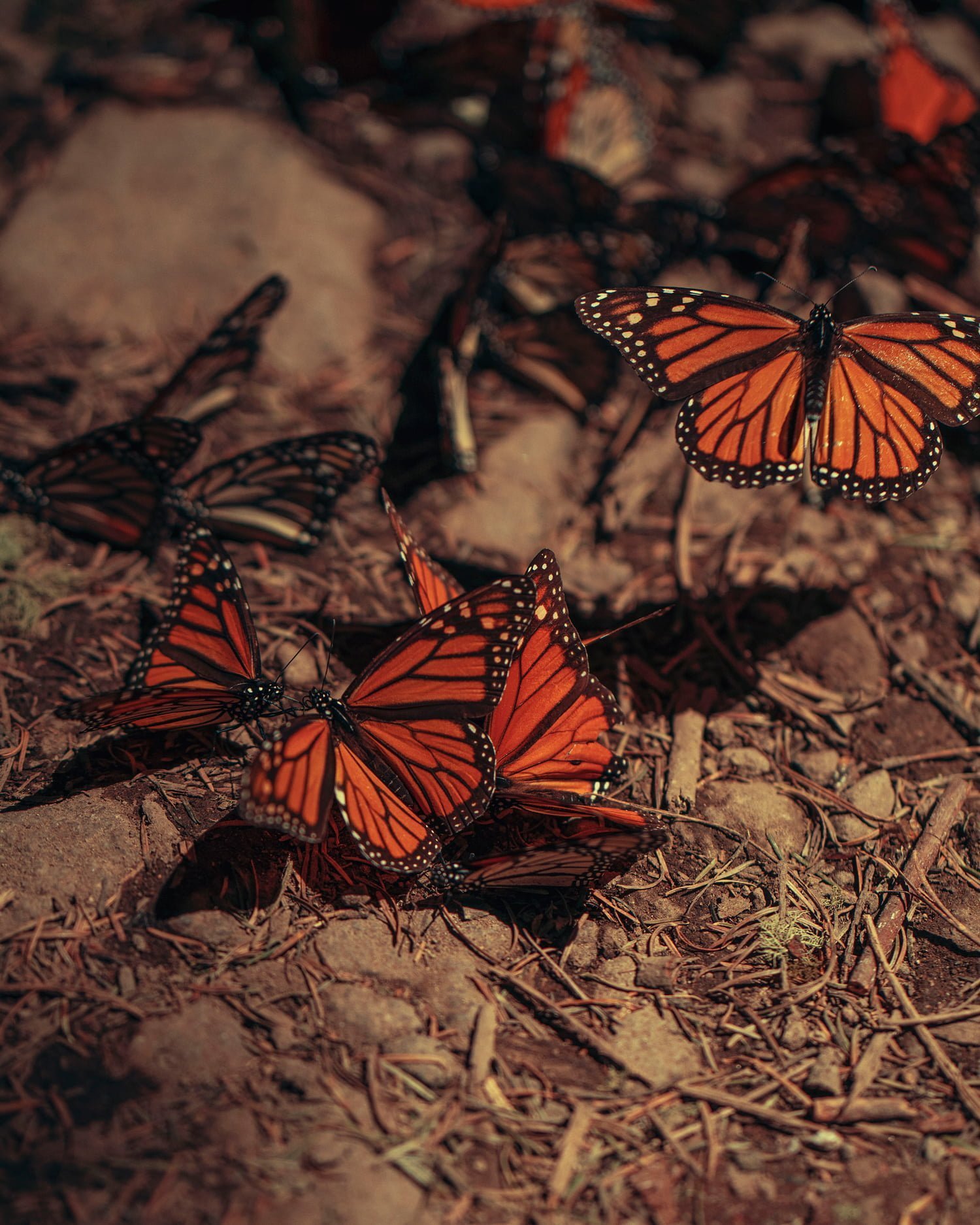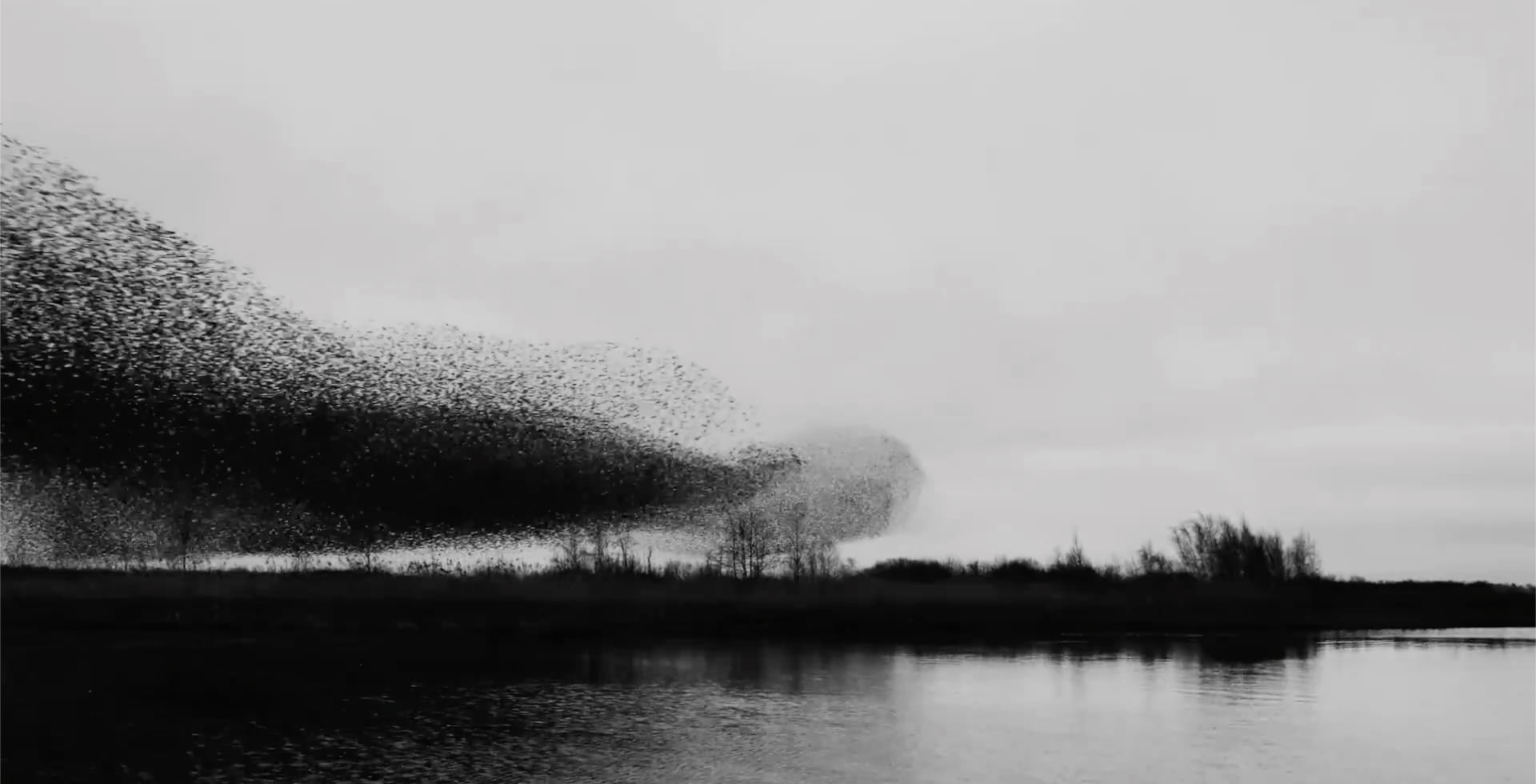In the Peruvian Andes, Indigenous communities are reviving ancient knowledge and water practices to protect their way of life and restore vulnerable mountain ecosystems.
During the Quenua Ryami Festival, Indigenous communities in the Cusco region of Peru plant tens of thousands of quenua seedlings a day on the steep slopes of the Andes. Quenua trees are fast-growing, resistant to cold winters and can survive altitudes of up to 4,500 metres above sea level.
In addition to regulating the climate and preventing erosion, what makes these trees so invaluable is their ability to store and filter the water that feeds springs and wetlands downstream. As climate change disrupts rainfall patterns in the Andes, the trees are helping residents and ecosystems to become more resilient.
Although climate change is a relatively new challenge, Indigenous communities have long understood the importance of carefully managing water in this rugged landscape. The Incas developed an ingenious system of qochas or ponds to regulate their water supplies. Some of the ponds were designed to capture water during the short rainy season for use in dry periods. Other ponds allowed water to seep slowly through the soil, recharging aquifers and keeping vegetation for livestock green.
This system is now being revived to complement the communities’ tree-planting efforts. “It’s a beautiful practice that contributes to reforesting the headwaters of the Cusco mountains and ensures access to water for agriculture during the dry season,” says Lima-based photographer Musuk Nolte, who is documenting the communities’ progress in Seeds of Water.
He hopes his project, which is ongoing, shows positive solutions to water issues and amplifies the ancient knowledge of Indigenous people in the fight against climate change.
Support Imagine5
We’re able to tell stories like this because of people like you. Join others from around the world in supporting Imagine5’s mission towards a sustainable future. Join today and receive our latest magazine for free.
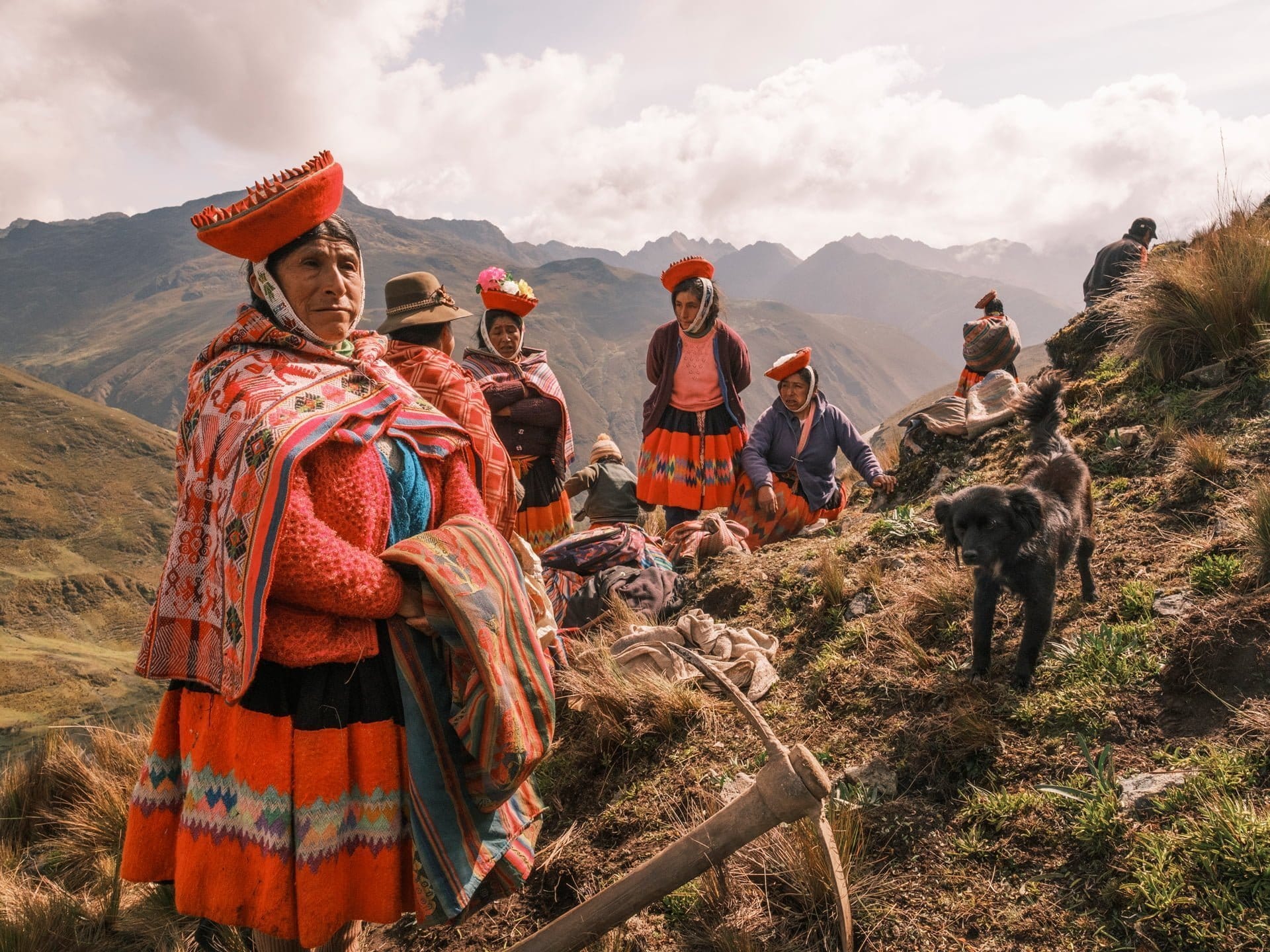
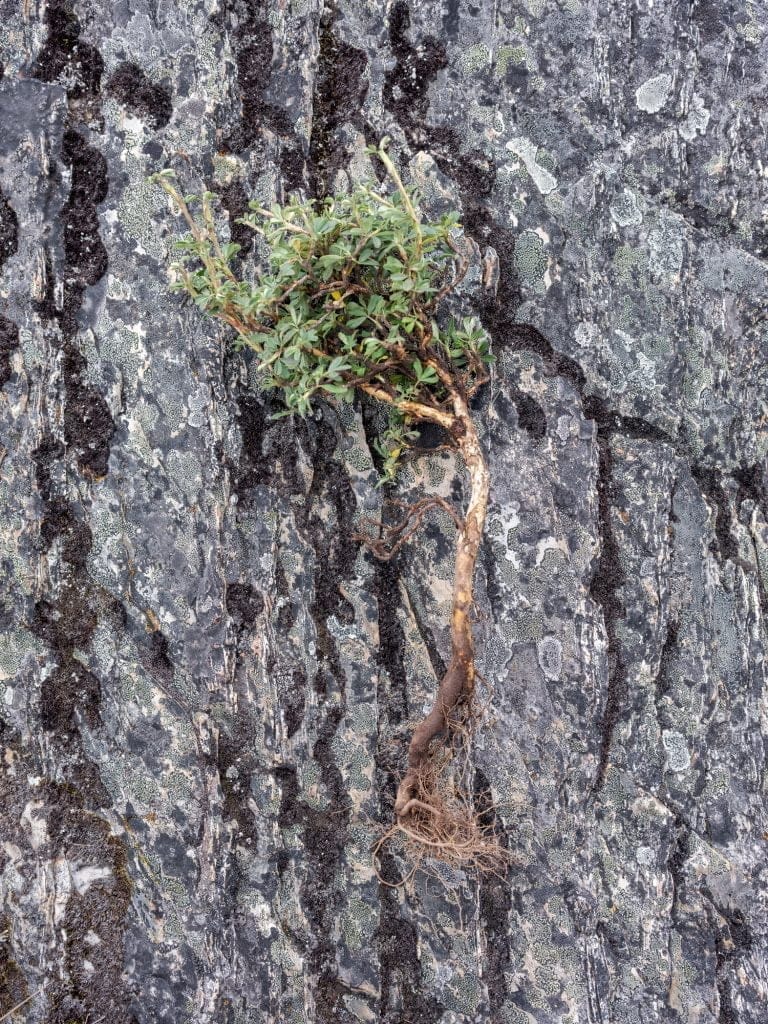
Reforestation with quenua promotes water infiltration into the subsoil, boosting the presence of water during dry seasons. It also purifies the air of carbon dioxide, and contributes to restoring the balance of the high Andean forest ecosystem.
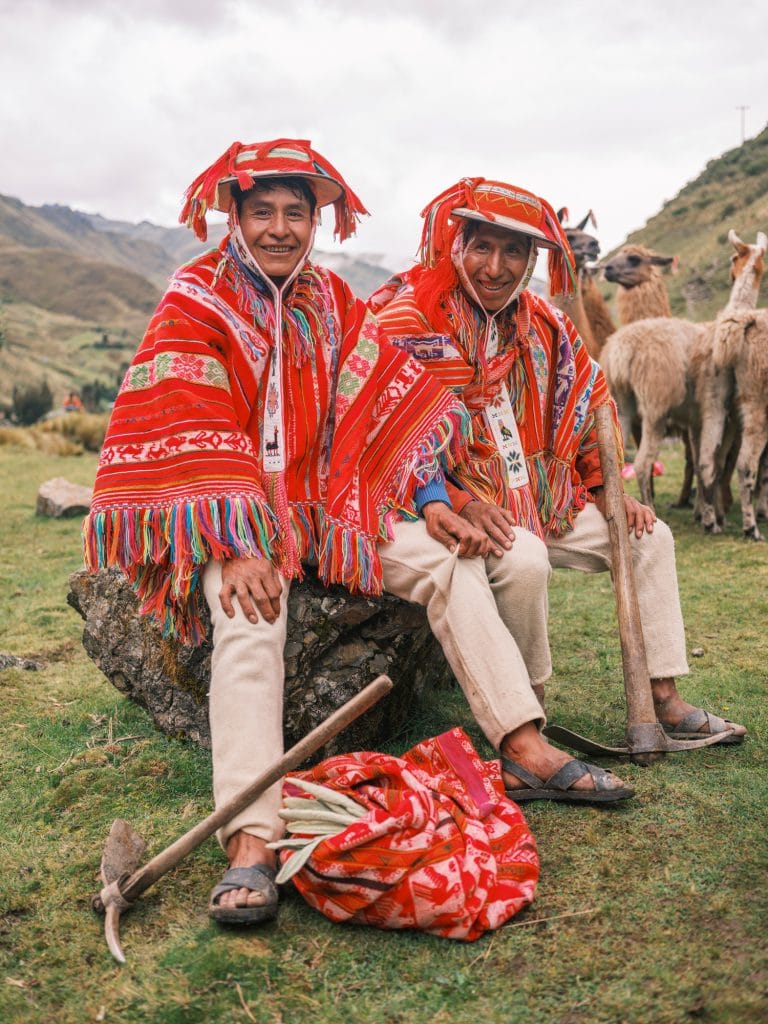
Residents of Patacancha rest after leading a pack of llamas loaded with quenua seedlings to the top of a mountain for planting.
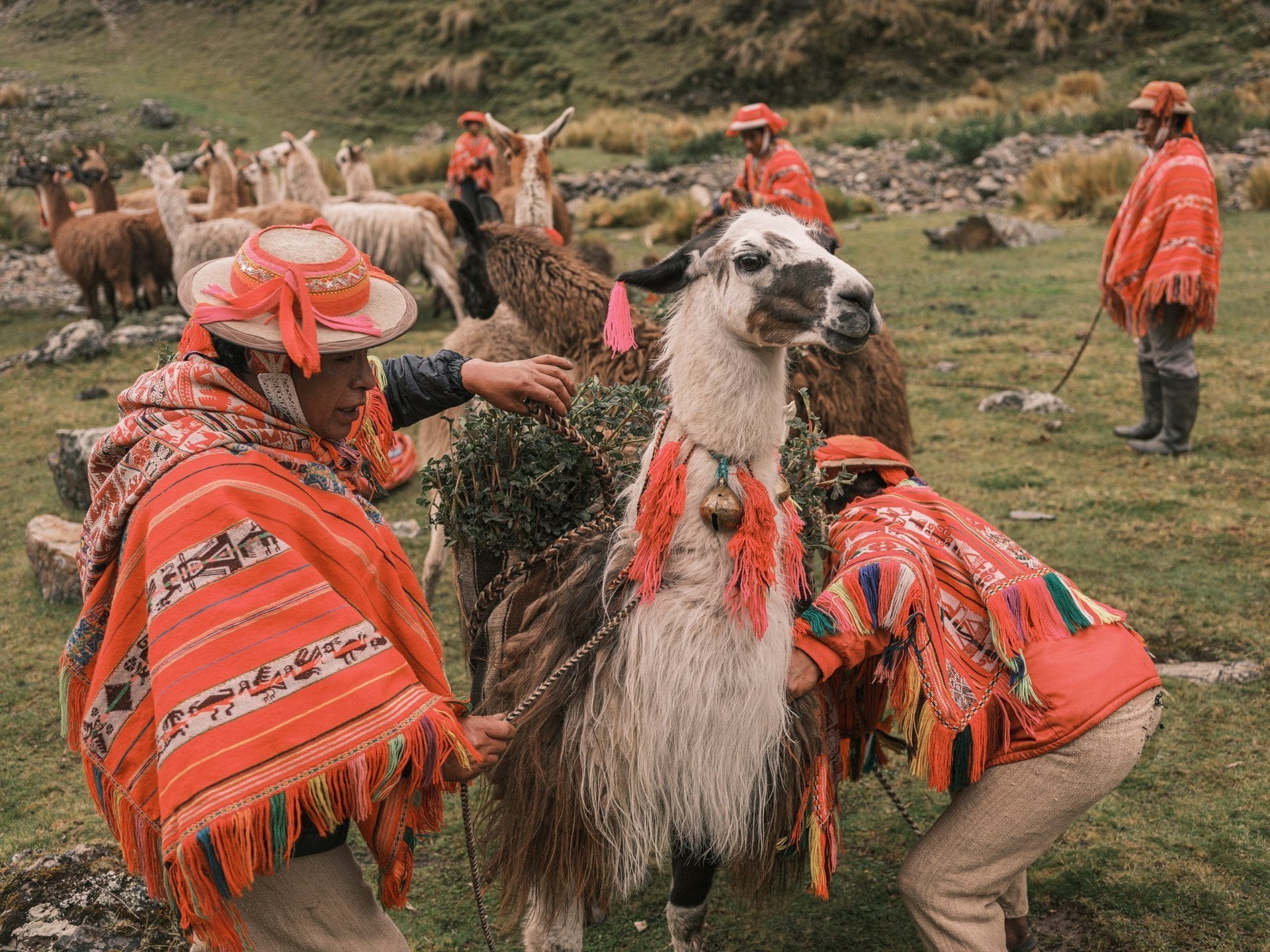
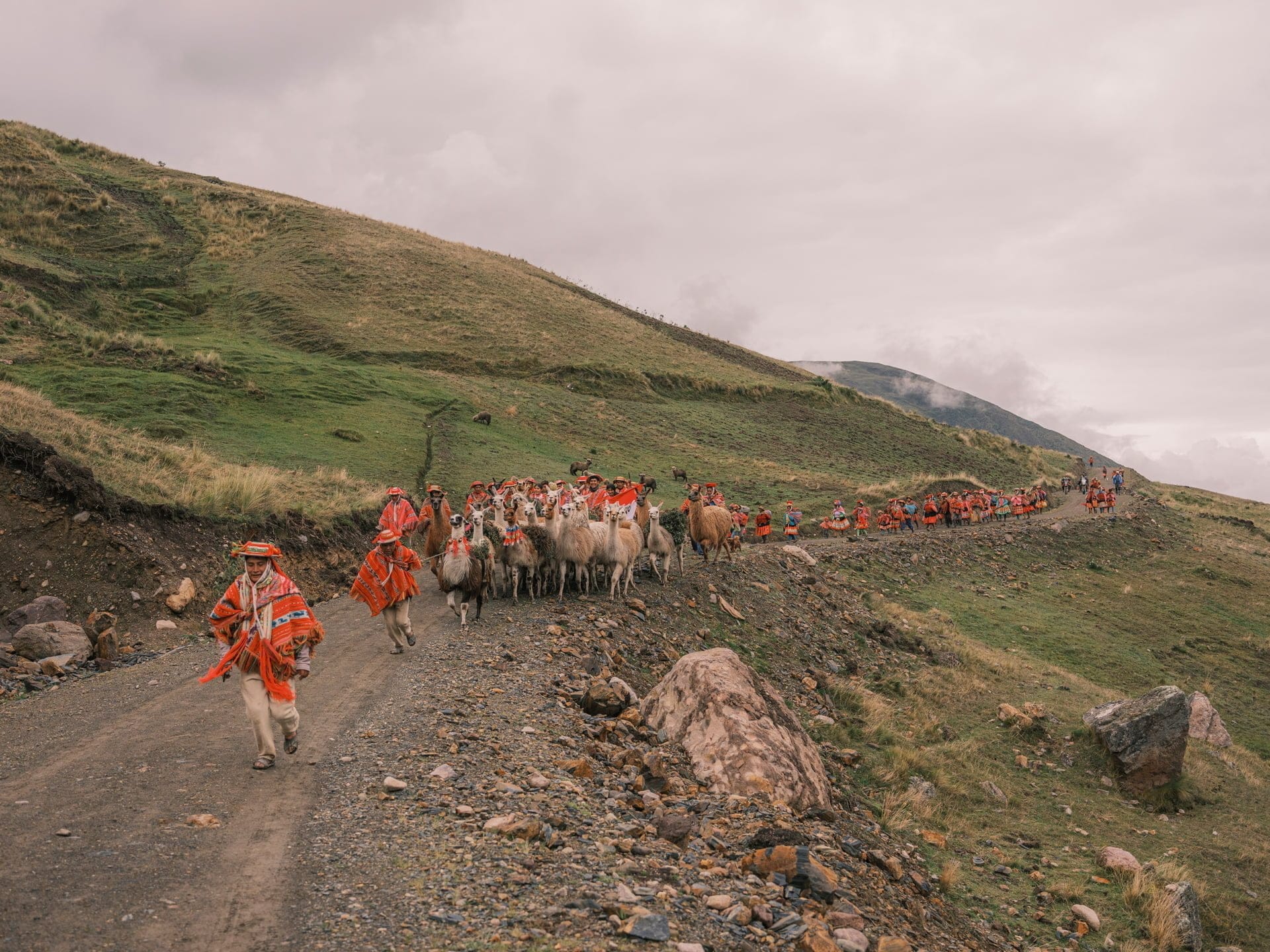
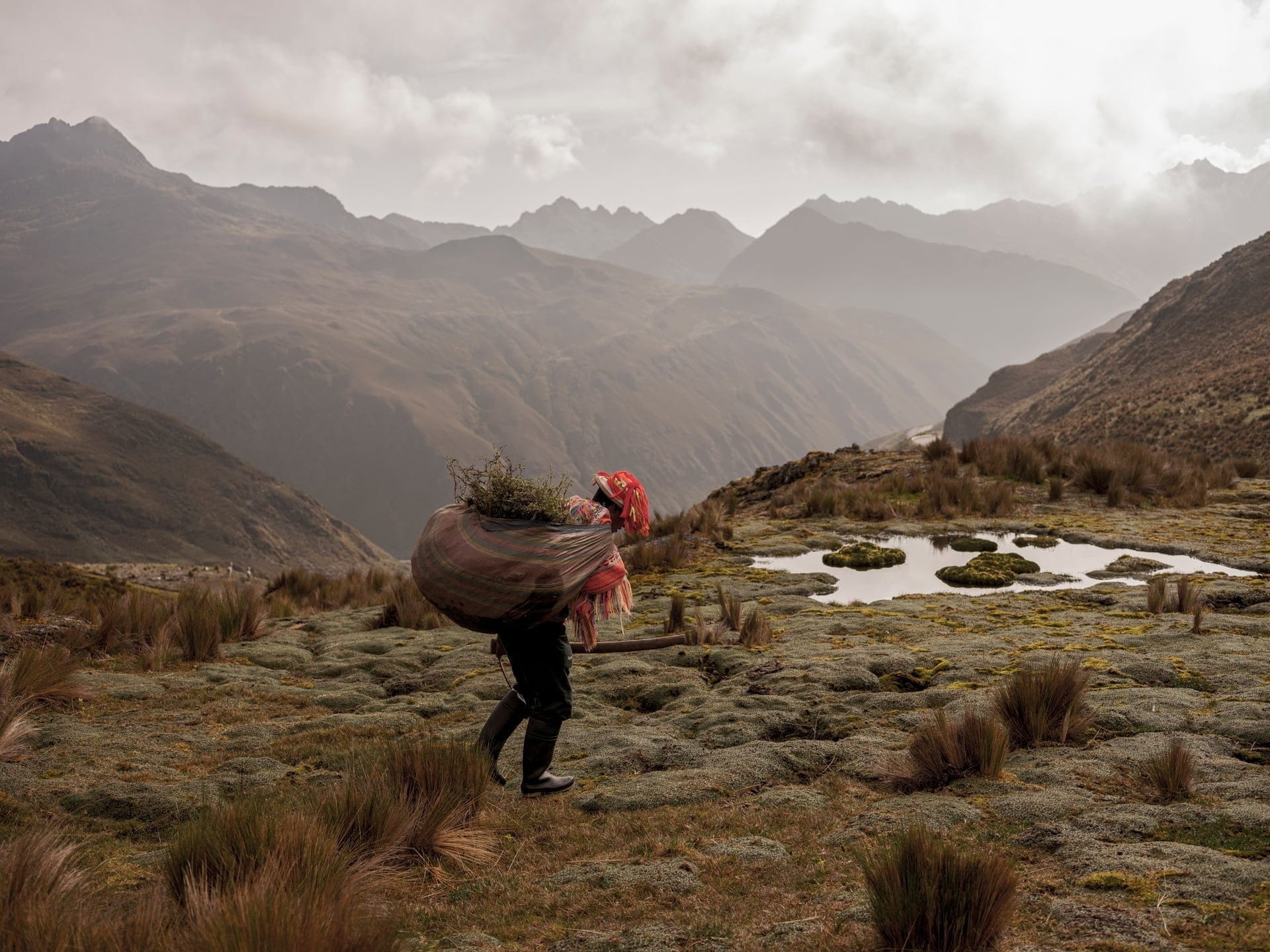

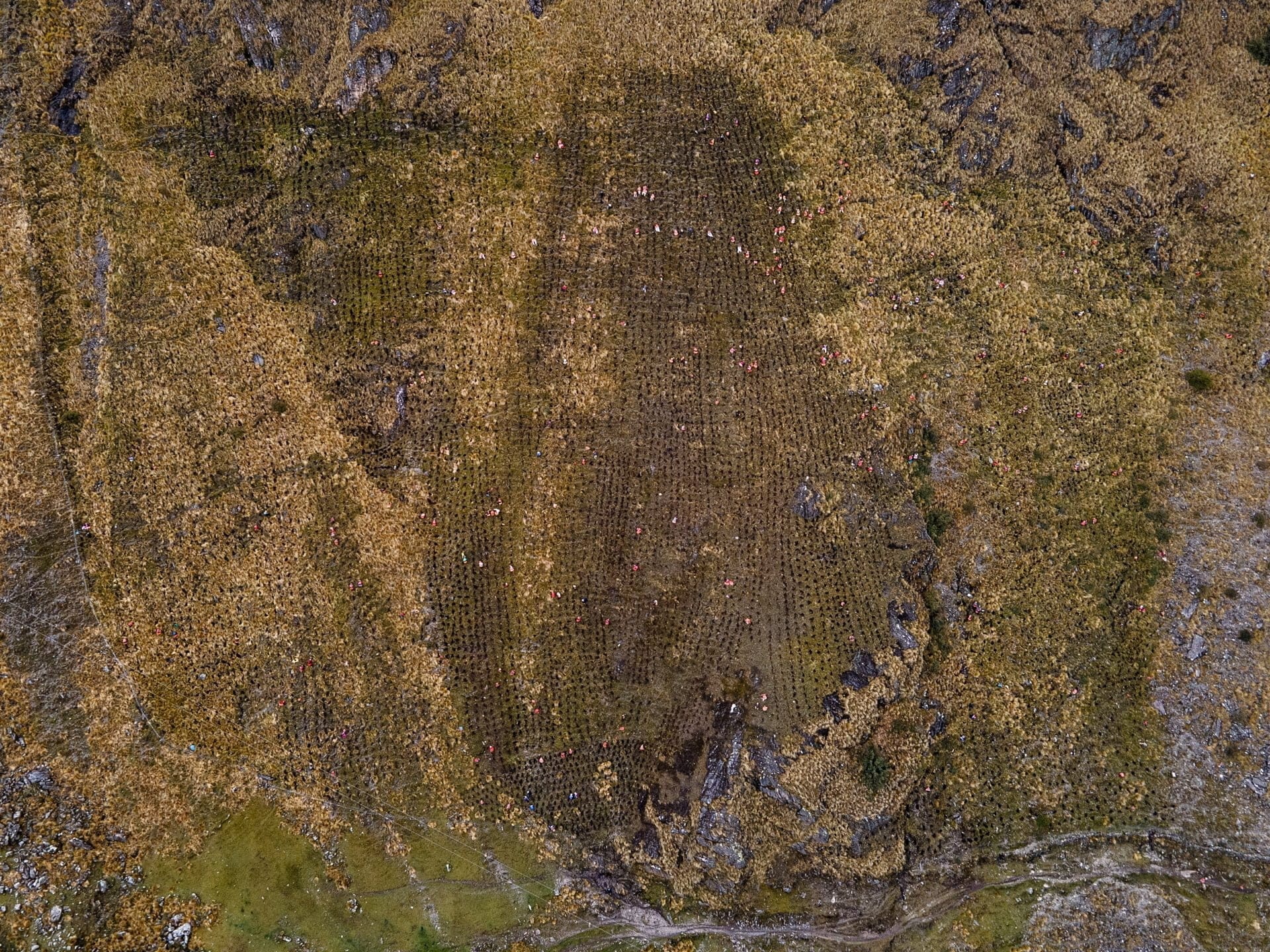
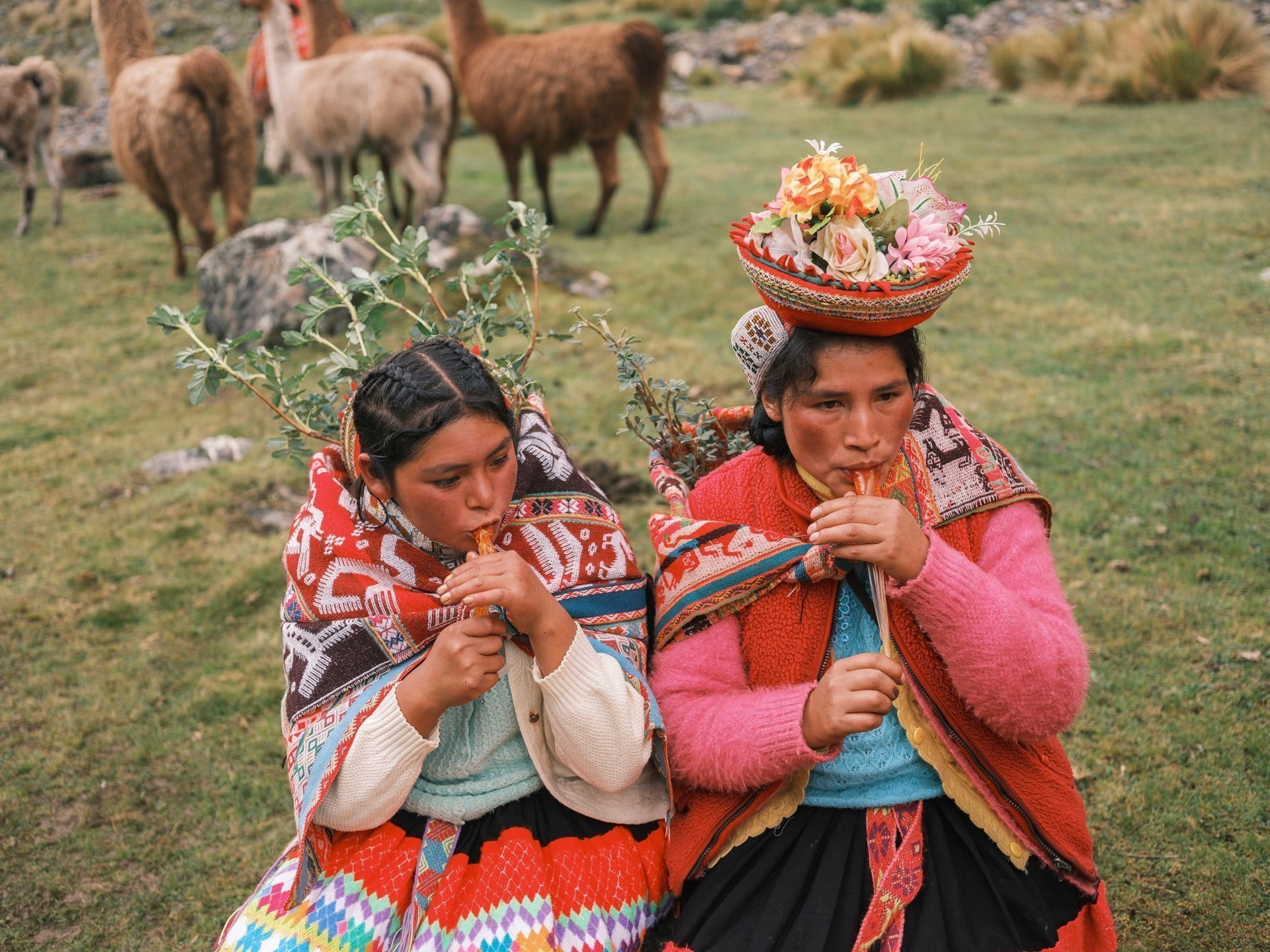
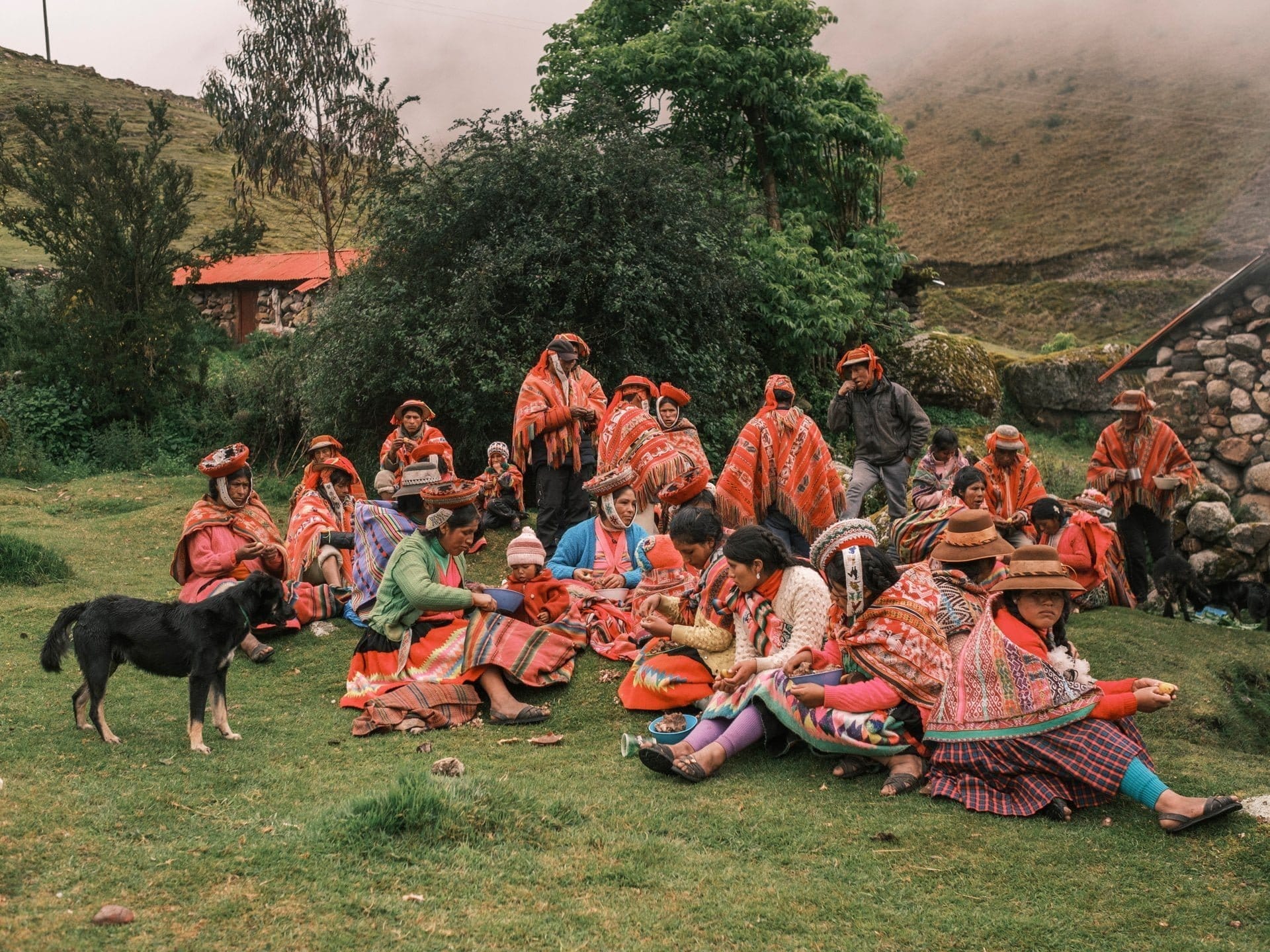
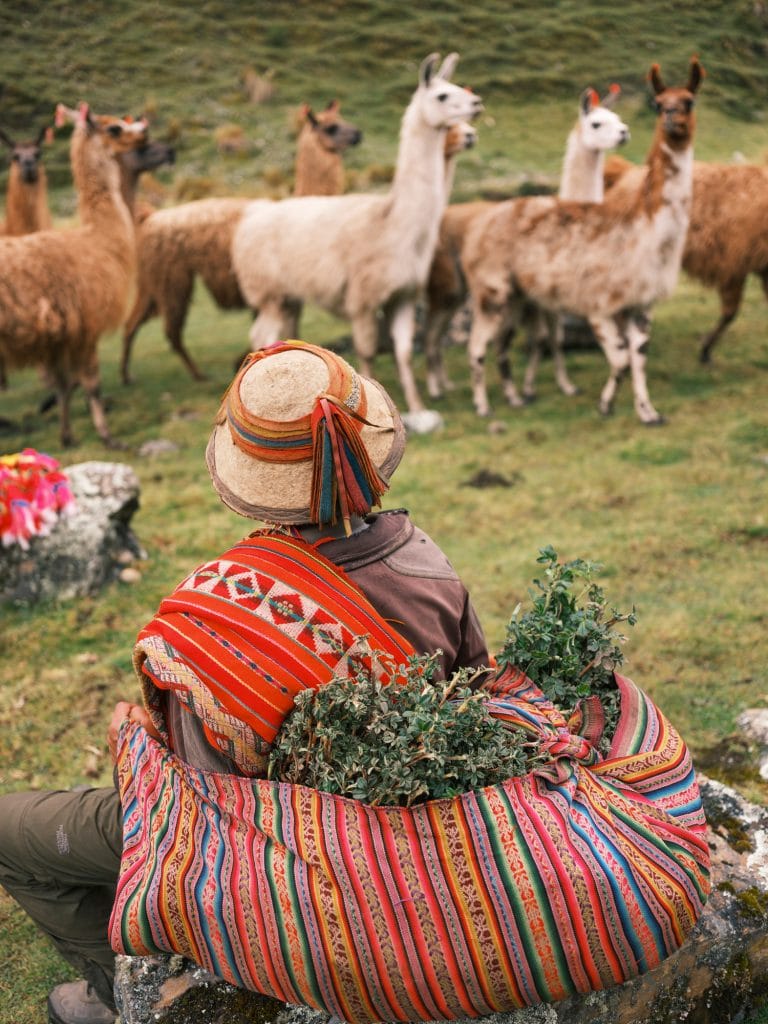
A bag filled with quenua seedlings.
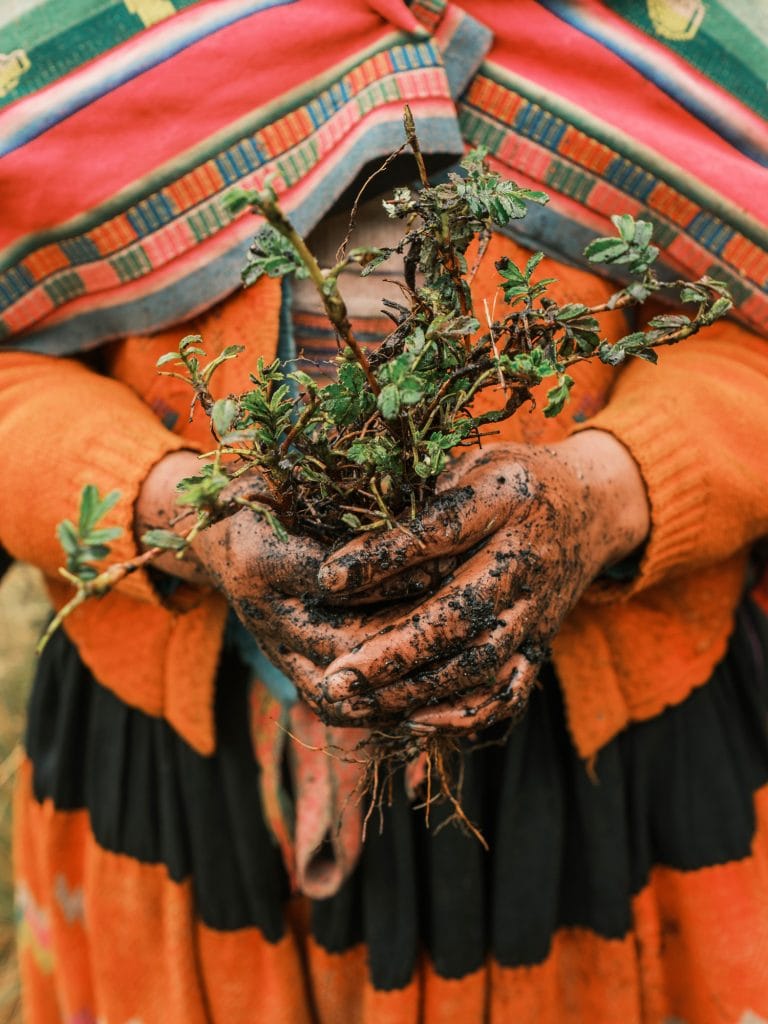
Close-up of a quenua seedling before planting.
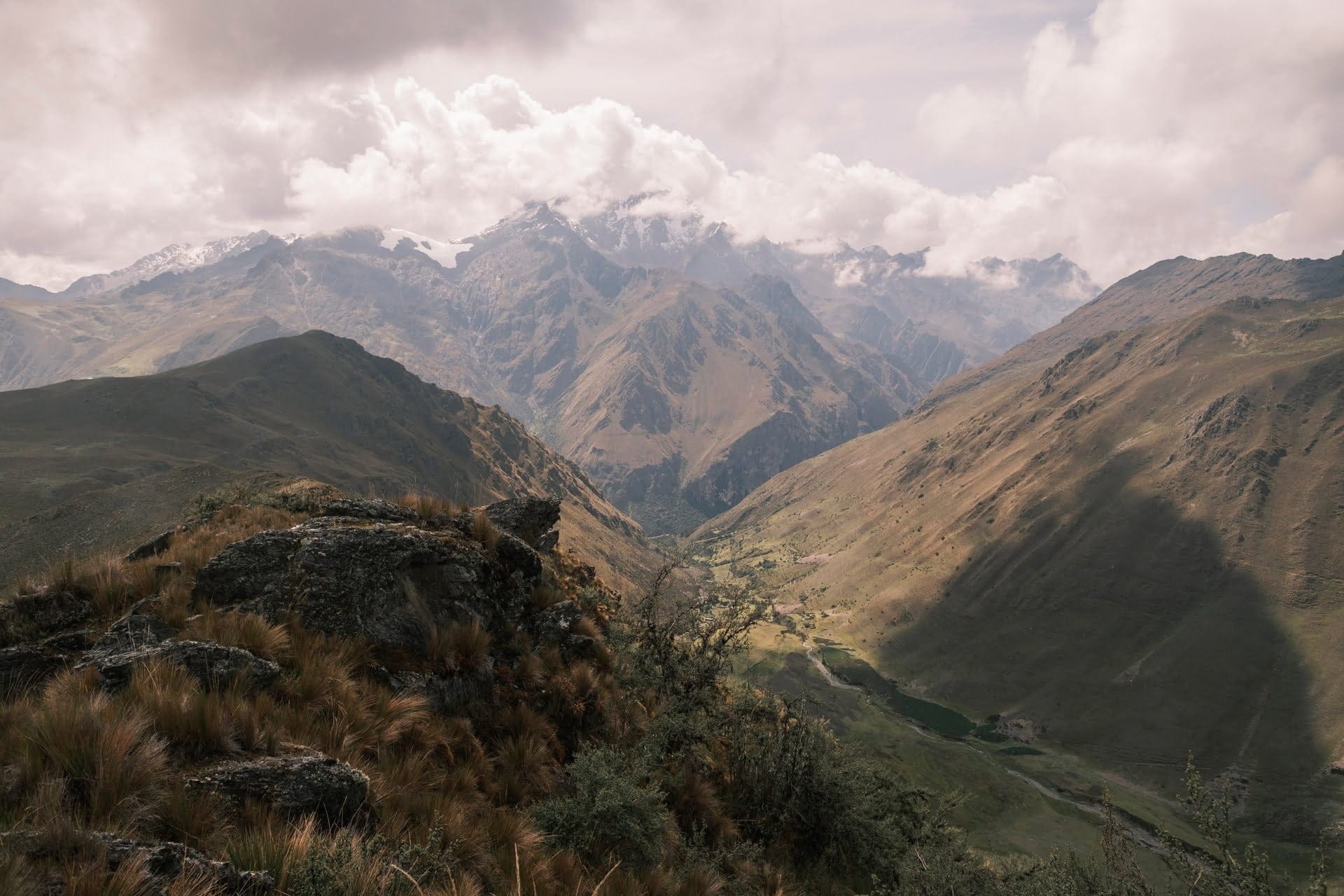
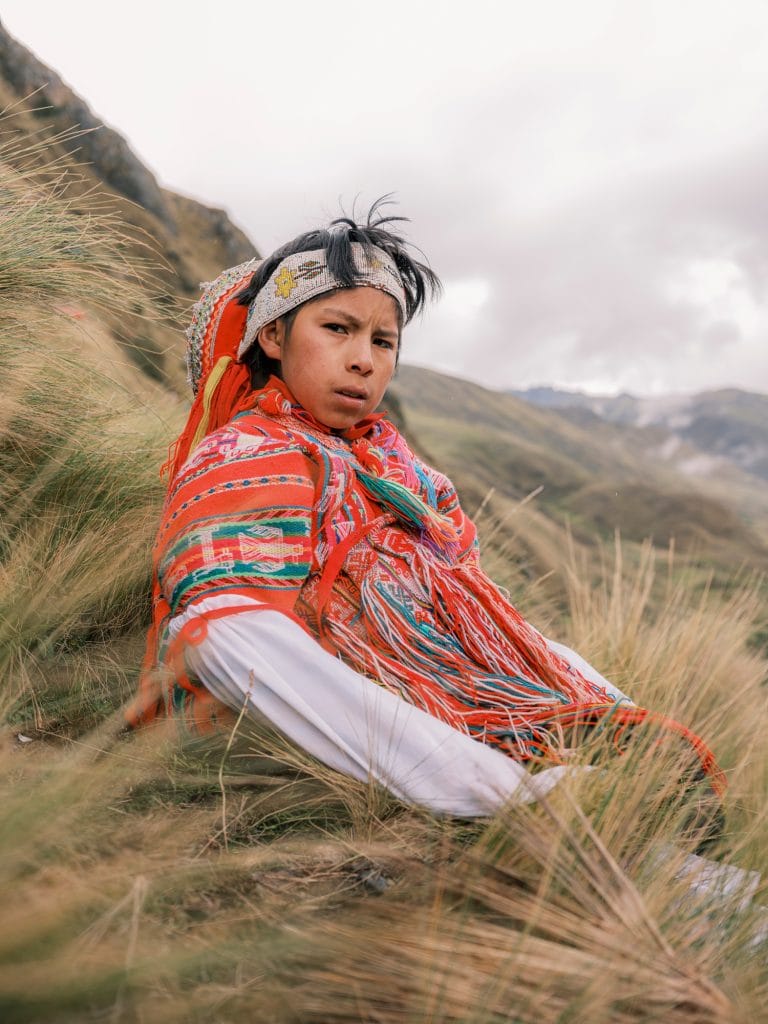
Reinaldo, a 13-year-old boy, is dressed as a Huallata, a bird that lives near rivers and is believed to be a sign of a good planting season.
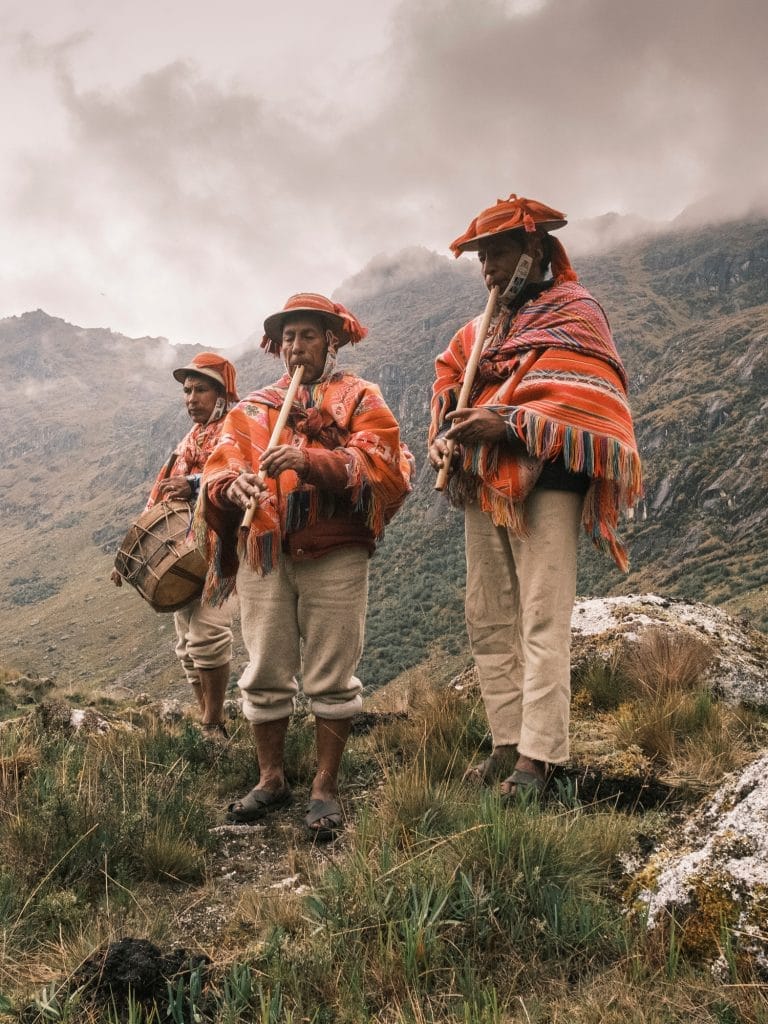
A group from the Quelcanca community provides a musical accompaniment to the planting.
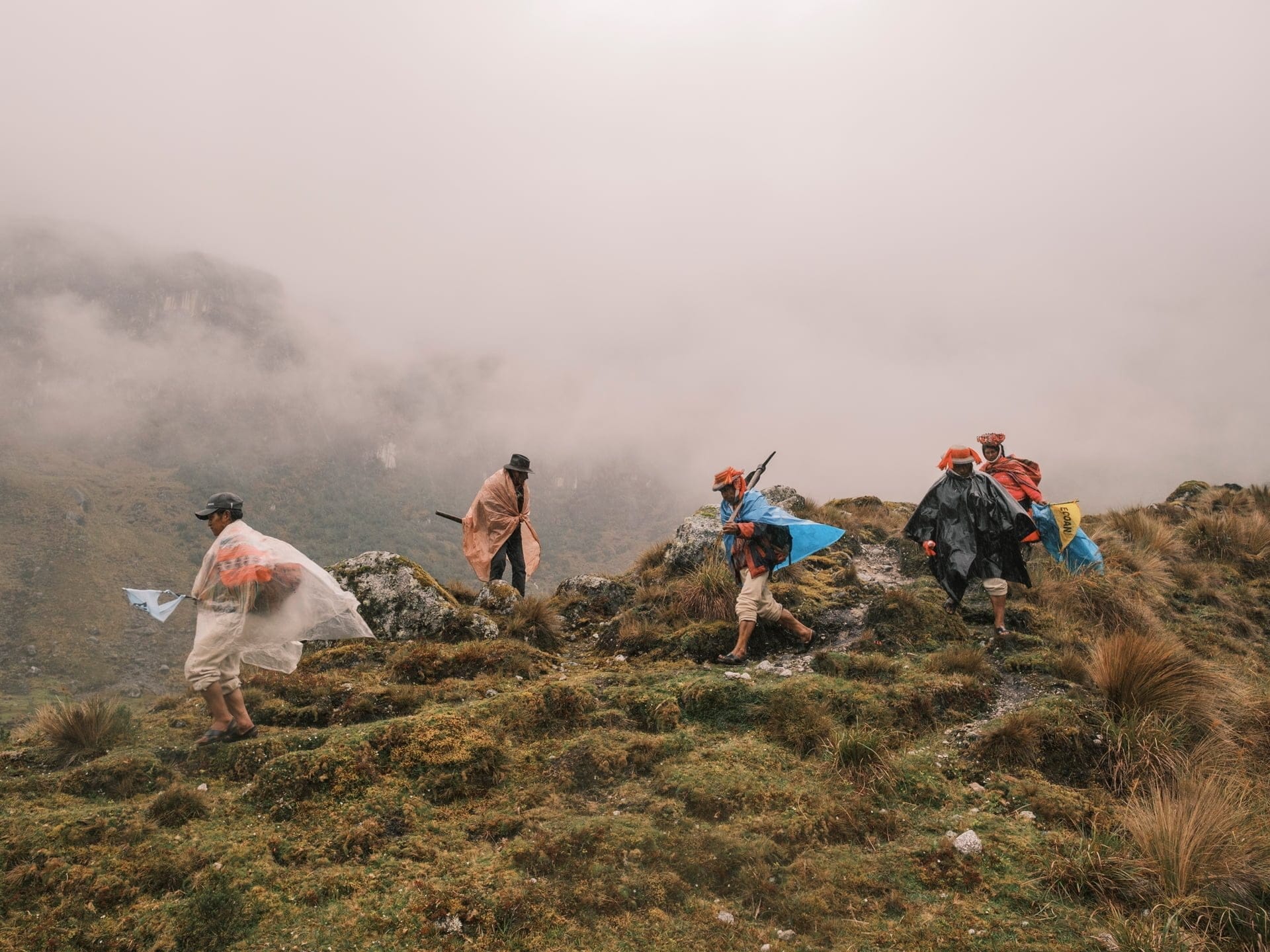
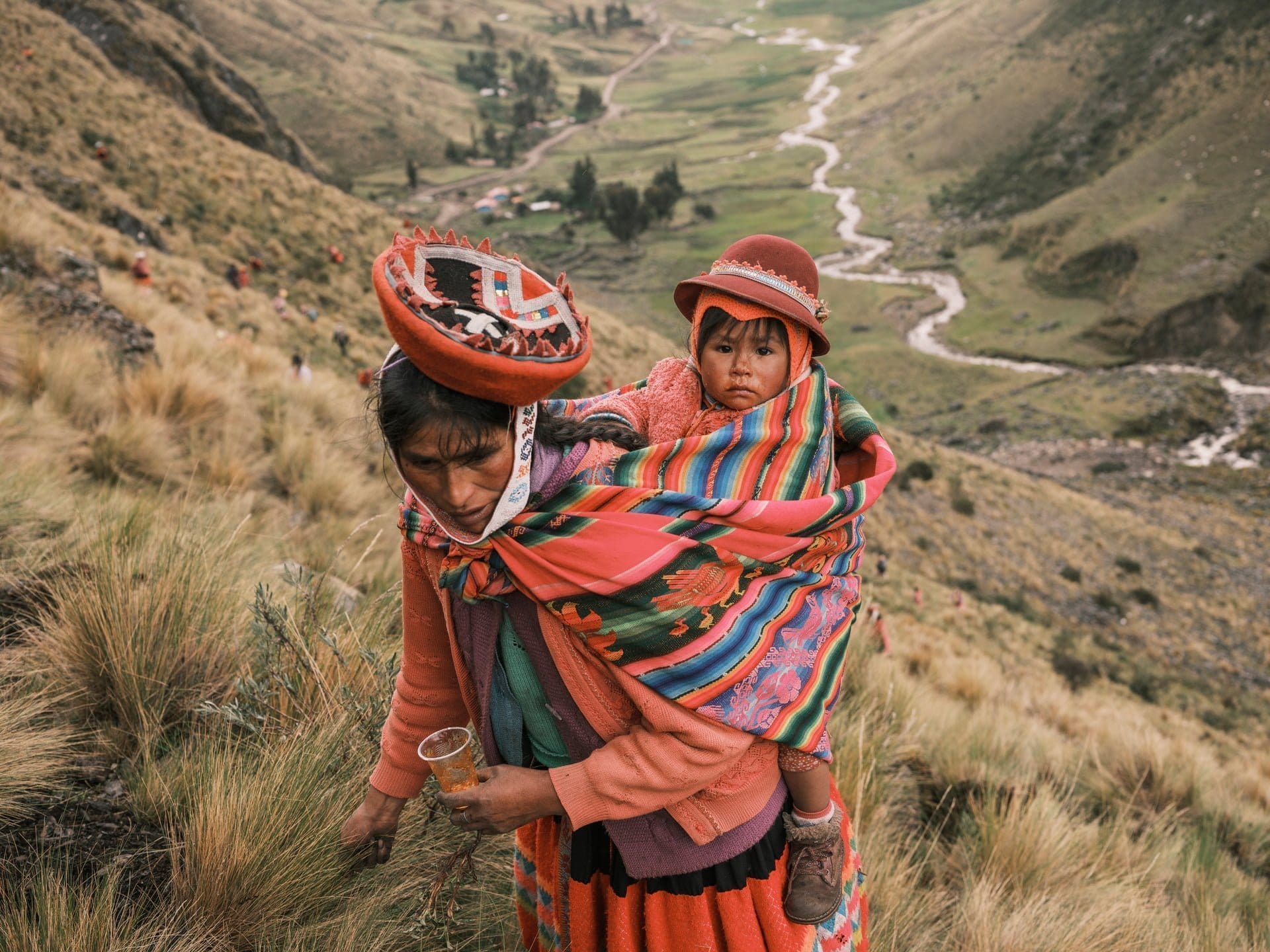
We’re able to share tips like this because of people like you. Join others from around the world in supporting Imagine5’s mission towards a sustainable future. Become a member, or donate what you can. Find out more here
Nature
NATURAL WONDERS

